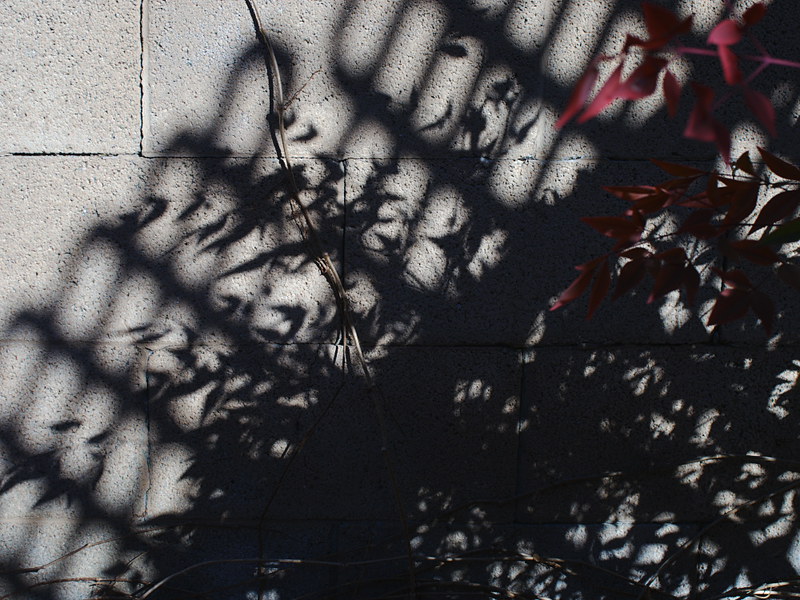
It is the mid-1990s and I'm sitting in the sunlit courtyard at work, on a break from the tedium of the factory, sipping on a cup of cafeteria coffee. I find the open air and bright sun to be cathartic, a healing gesture from the cloistered factory with its crowded machinery, yellow lights and incessant noise. I come here periodically, to clear my head and find some inner solace.
Yet, my mind is always curious, even during these times of relaxation. During these moments I would often let my mind drift, entering into a deeply creative mindset, pondering the nature of things; a precious state of mind that would otherwise be drowned out by one's incessant inner dialog or the distraction from things external; an ad hoc practice of daydreaming that proved, over time, to be extremely fruitful: inspiring over the subsequent years many of my most important photographic projects.
While sitting in the bright New Mexico sun, my mind quiet and alert, I had begun to notice the shadows cast by the outdoor furniture upon the concrete patio, how the slot-like openings in the benches, and grid of round holes in the tabletops, were each represented by their equivalent shadows below, similar enough in shape to be an accurate facsimile of their progenitor yet different, mainly in the way that the shadows' edges were modulated in sharpness, depending on the distance the shadow is cast from object to patio's surface.
What interested me in particular was how the shadows' edge sharpness could vary so much, from almost acutely sharp to distinctly out-of-focus soft, simply based on the shadow's projection distance. It reminded me so much of the kind of narrow depth-of-focus image seen from a lens operating wide-open - and yet no lens or even pinhole were being employed - and also amazed me that such optical effects could be observed through the simple act of careful study.
Thinking in more depth about what I was seeing, I came to realize that part of the reason for the edges of these shadows being less than razor sharp has to do with the fact that the sun, as the source of illumination, is itself not a point-source of light but is nearly 1/2 degree wide, a disc of light rather than a point, such that rays of photons striking the edge of an object do so from multiple directions, nearly parallel but not exactly so, thus casting a shadow whose edges are intrinsically soft. And also, that the further away from the object these shadows are cast, the more diffuse are the edges thus represented.
This effect is most pronounced when viewing the projection of shadows upon a flat surface from objects of disparate distances from one another. Here, distance information can be directly decoded merely by observing the shadows' edge sharpness, the resulting projected image taking on a quite unexpected but distinctly three-dimensional quality.
This quiet pastime of watching shadows play themselves out upon some theater-like projection screen of concrete patio became for me, over time, a kind of instructional classroom, tutored by light itself. Not only could one discern the three-dimensional characteristics of objects from their shadows alone, but the very nature of light itself was quietly yet inexorably being revealed. This was nowhere more pronounced when, a few years later, I had the opportunity to observe the light from a partial solar eclipse cast shadows upon the ground through the openings in a tree's canopy, each intersection of branch and leaf serving as a crude but effective pinhole-like aperture. I could observe the progress of the eclipse mirrored in the array of crescent-shaped spots cast upon the ground, nature's magic lantern show, broadcast in ultra-low-definition, free-for-view.
Eventually I came to build a mental model of what I was seeing, imagined as if I were living in a gigantic camera obscura, with the sun as an aperture moving across the sky, looking outward toward some mysterious field of brilliant, infinite light beyond, whose rays projected shadows of objects upon the far wall, that represented the earth and our material existence. The closer an object is to that earthen wall, the sharper its representation; while the closer to the source of light, the less distinct it becomes; as if, in that one observation, the entire spectrum of philosophic belief, from a materialistic, individual perspective to a cosmic consciousness, were represented.
On a more mundane level, these shadow studies also served over time as the genesis for further photographic experimentation, and were the main inspiration for my pursuit of pinhole photography.
One such experiment involved suspending objects inside a large pinhole box camera, then pointing the aperture of that camera straight upward, toward the sky, to model that mental picture I had imagined earlier, as a field of shadows chemically resolving themselves upon the earthiness of silver gelatin paper in the back of the box, like a snapshot taken of a shadow-puppet theater in action, the stage being the interior volume of the camera and the spotlight being the sun outside the box, projected inward via the pinhole aperture.
Further ideas along these lines merit more exploration. Puppet figures or paper cutouts could be suspended inside such a camera, left to slowly pirouette, mobile-like, over a period of time, leaving as a record of their movement mysterious shadows cast upon silver paper.
There's also the idea of the Cloud Camera, intended to capture daily (or as often as possible) upon silver paper images of the sky's appearance, using a simple pinhole camera pointed straight upward.
There are yet more thoughts left to ponder, more inspiration yet to be worked out from these humble musings upon the nature of light, as revealed through the study of mere shadows.
Even today, so many years removed from those days of long ago, I still marvel. Just this morning I was observing the shadows of shrub and trellis cast upon the backyard wall by the morning light, again making note of the variations in edge sharpness being dependent upon shadows' projection distance, once again finding myself in wonder at the seeming three-dimensionality of the resulting image, nature's original light writing, yet invisible to ordinary mortals who've yet to gain awareness of the nature of the shadow box that we all reside within.
Post-Script: A series of Shadow Study images from this morning, created with the Lumix G5 camera and Vivitar 24mm-f/2.8 Minolta MD mount lens.
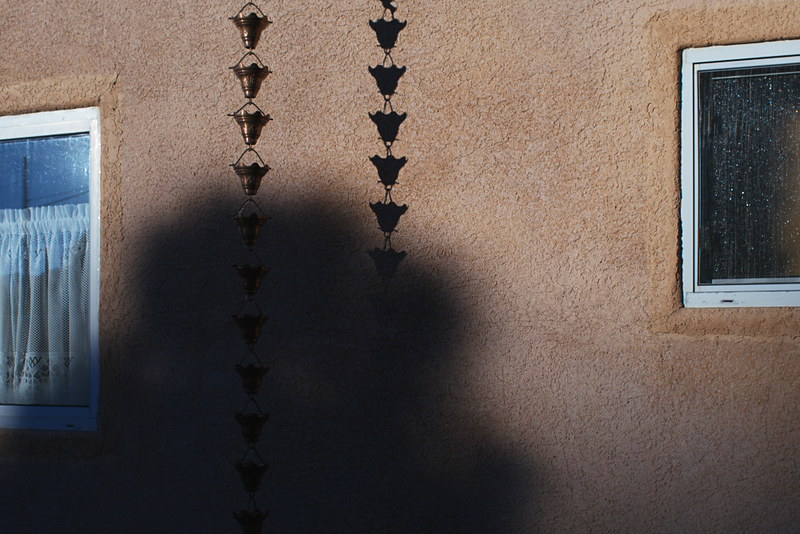
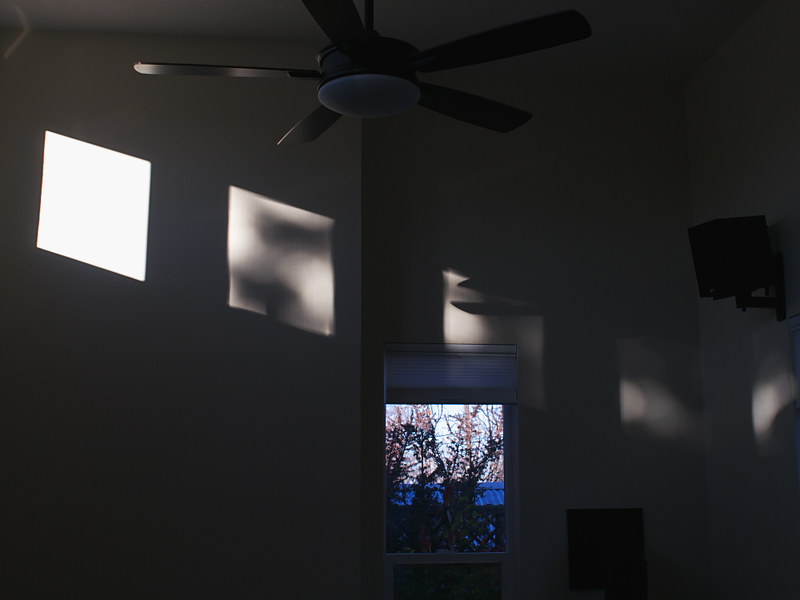
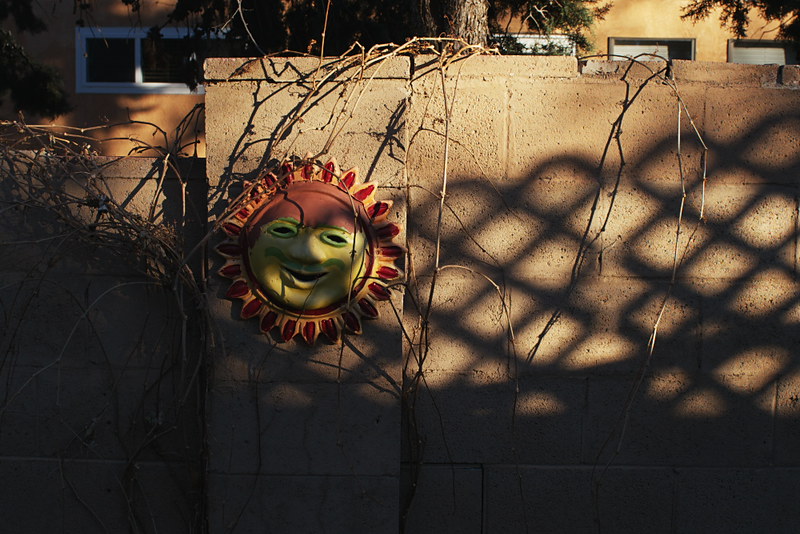
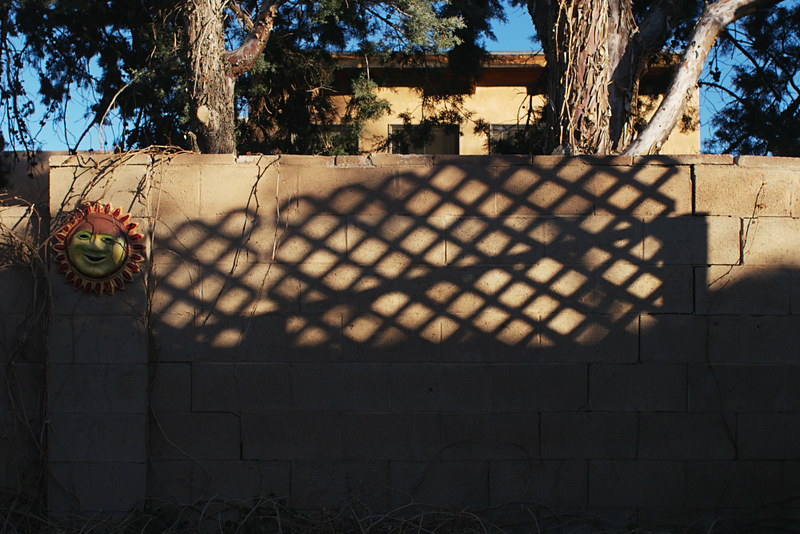
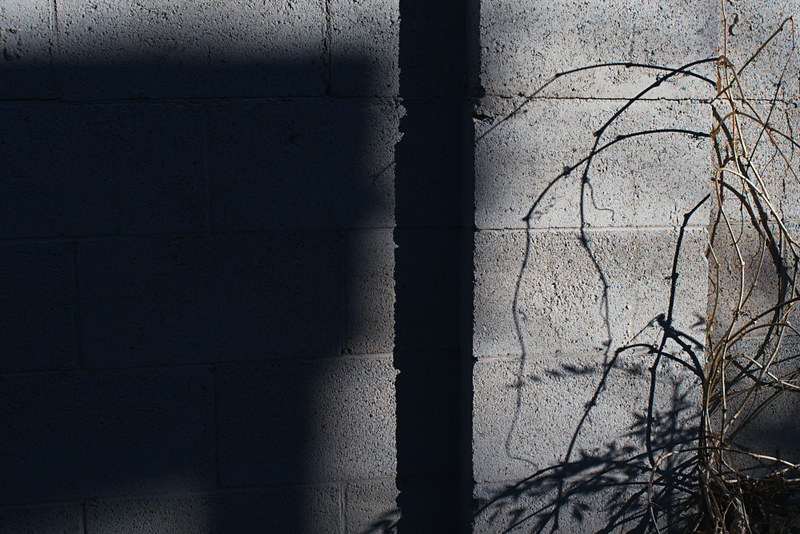
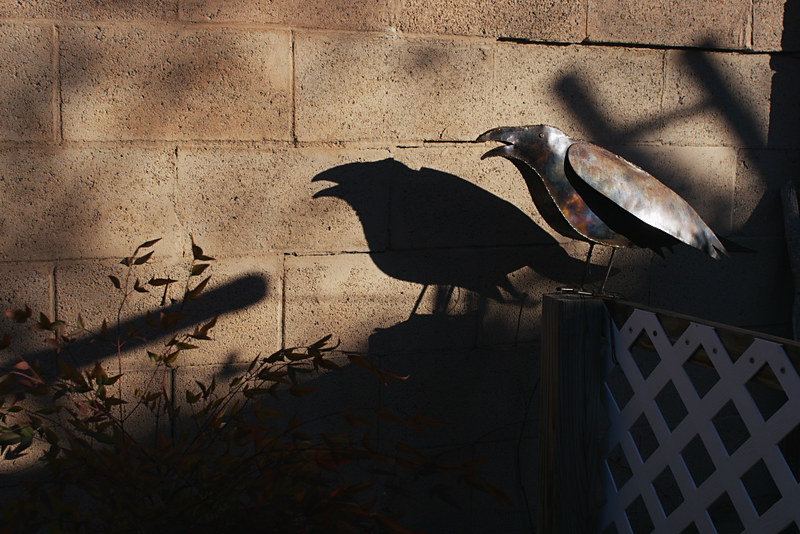
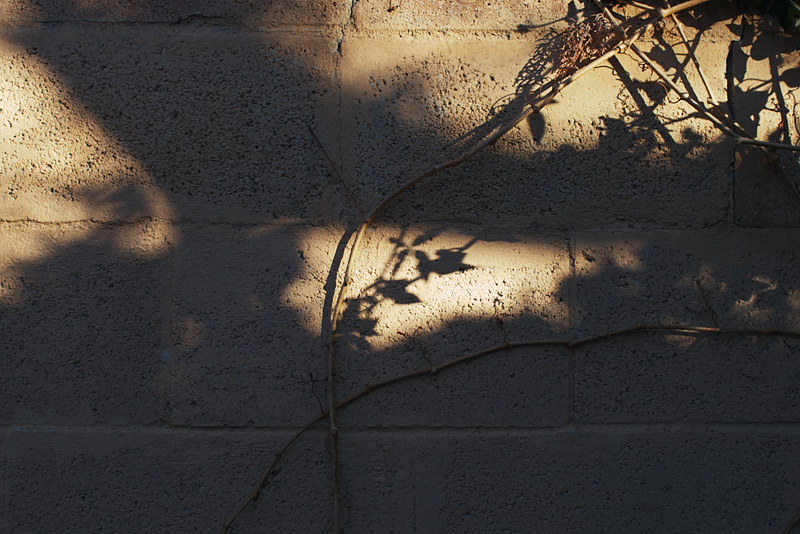
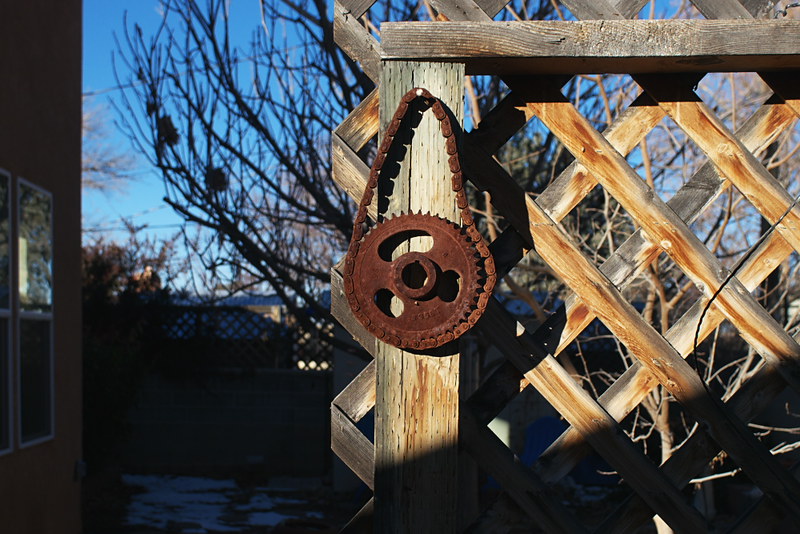
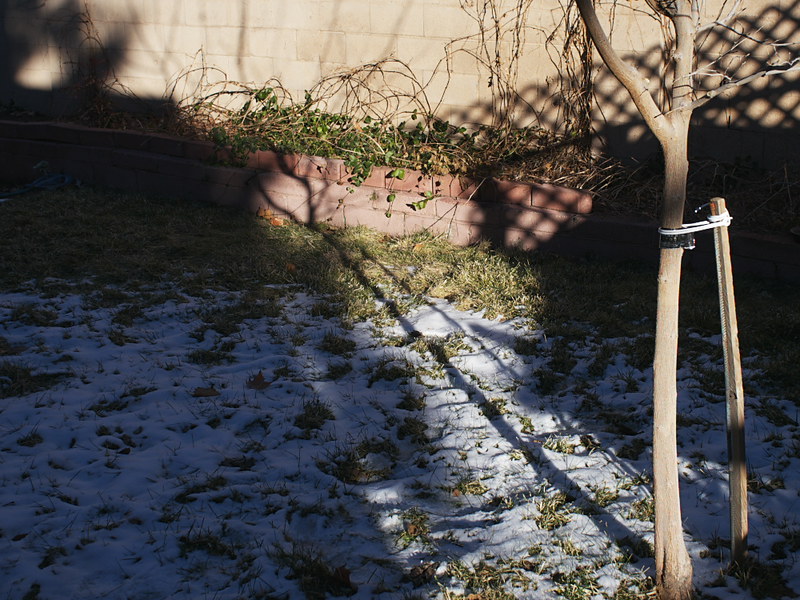
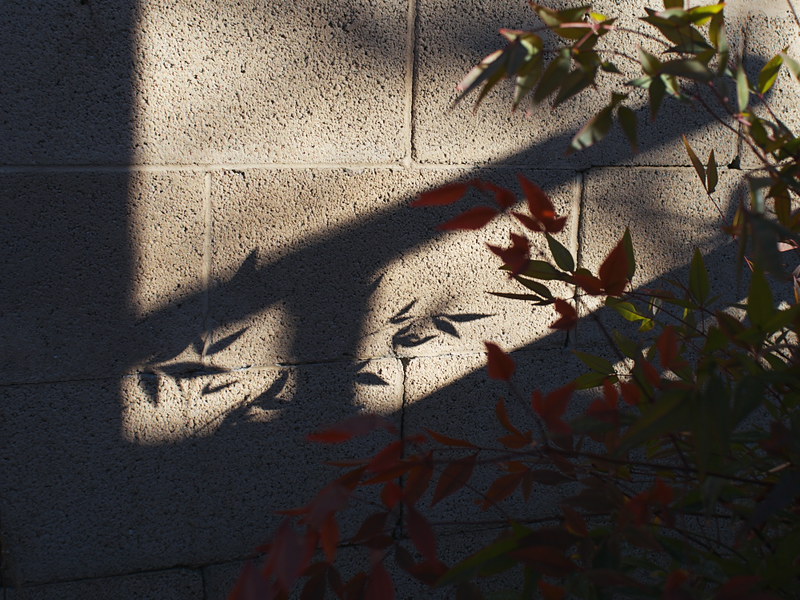
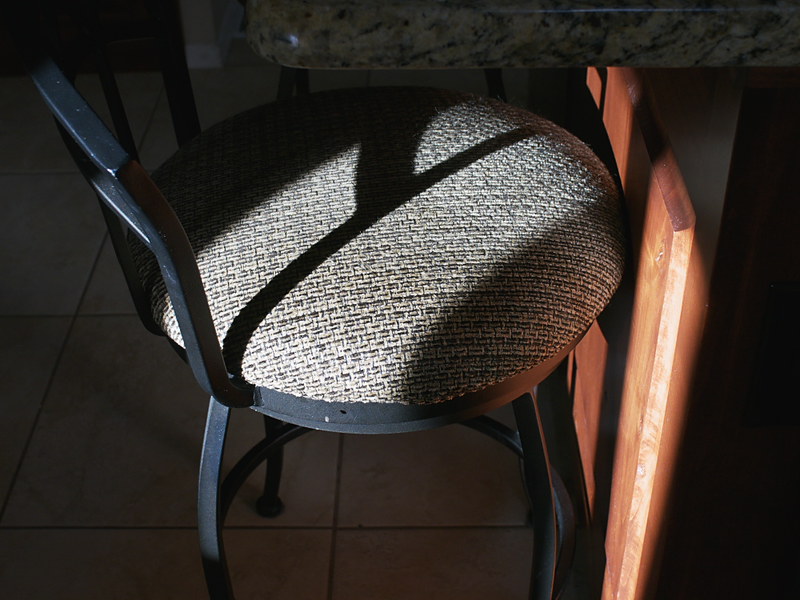
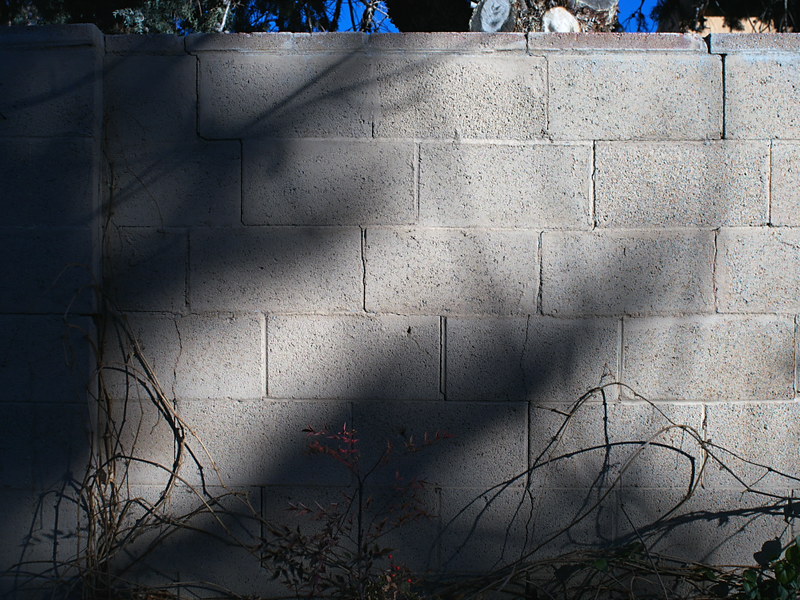
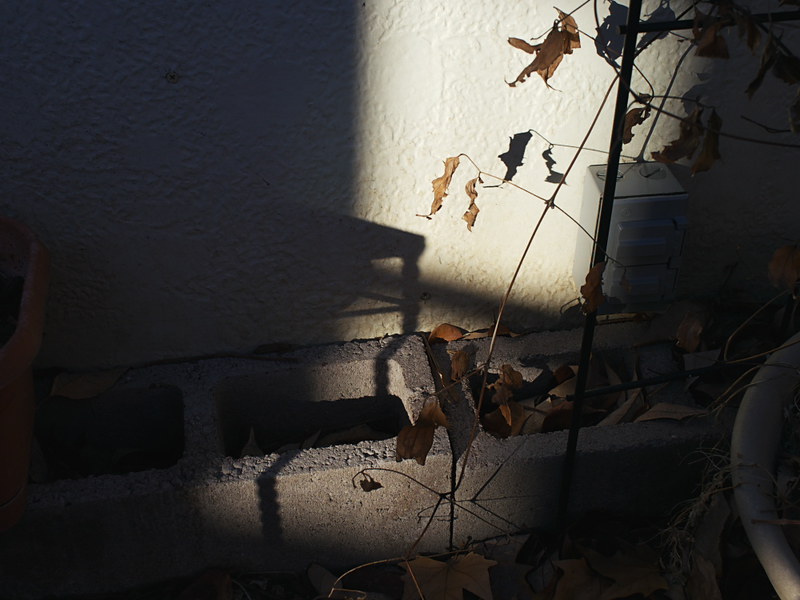
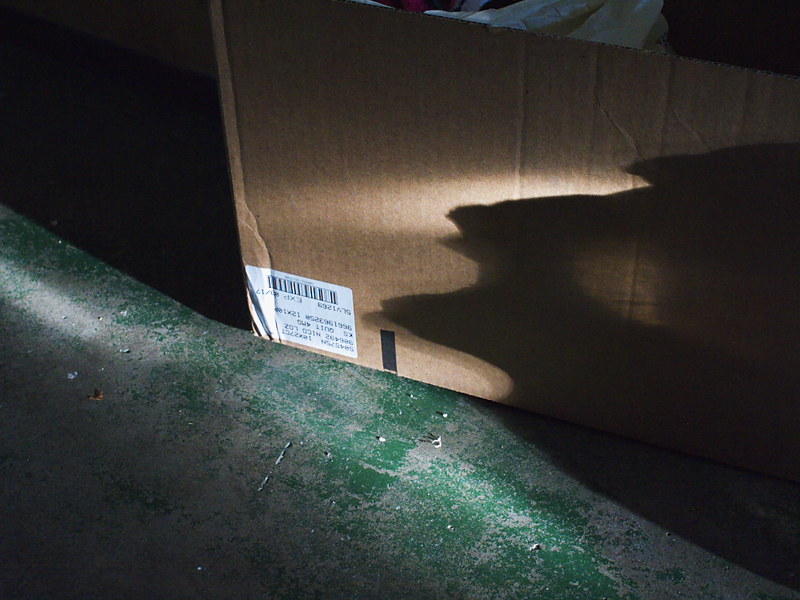
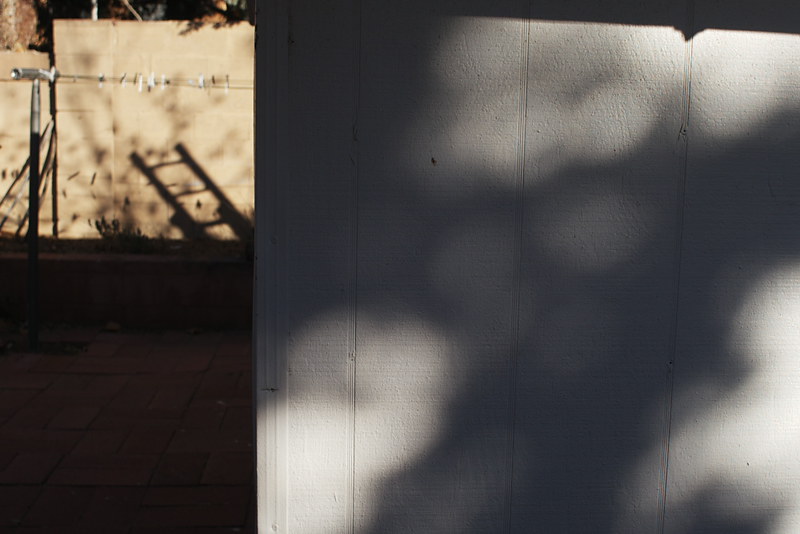
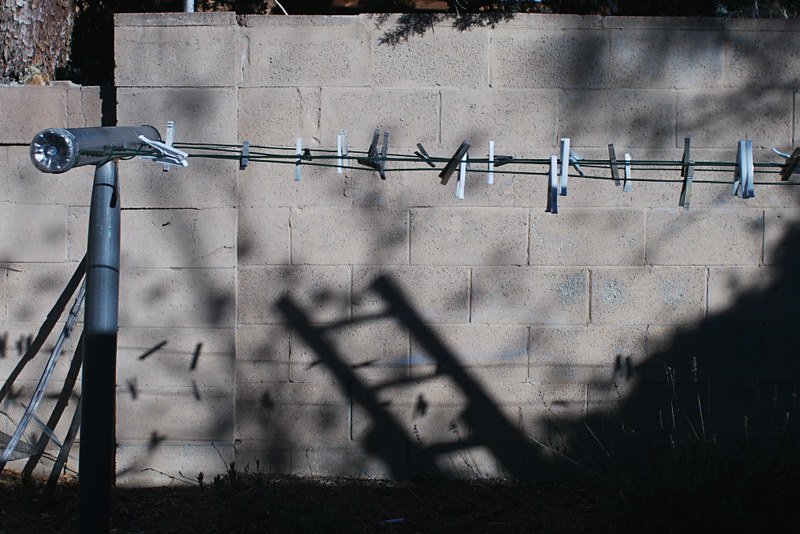
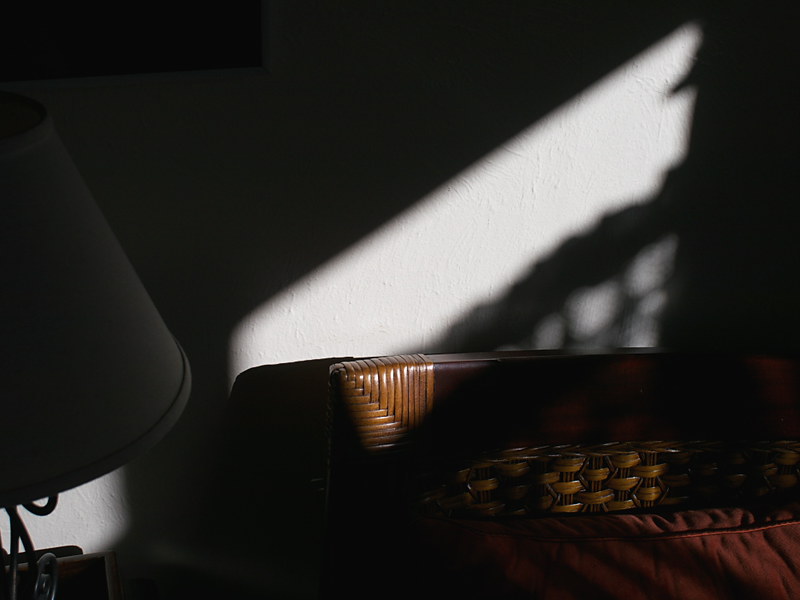


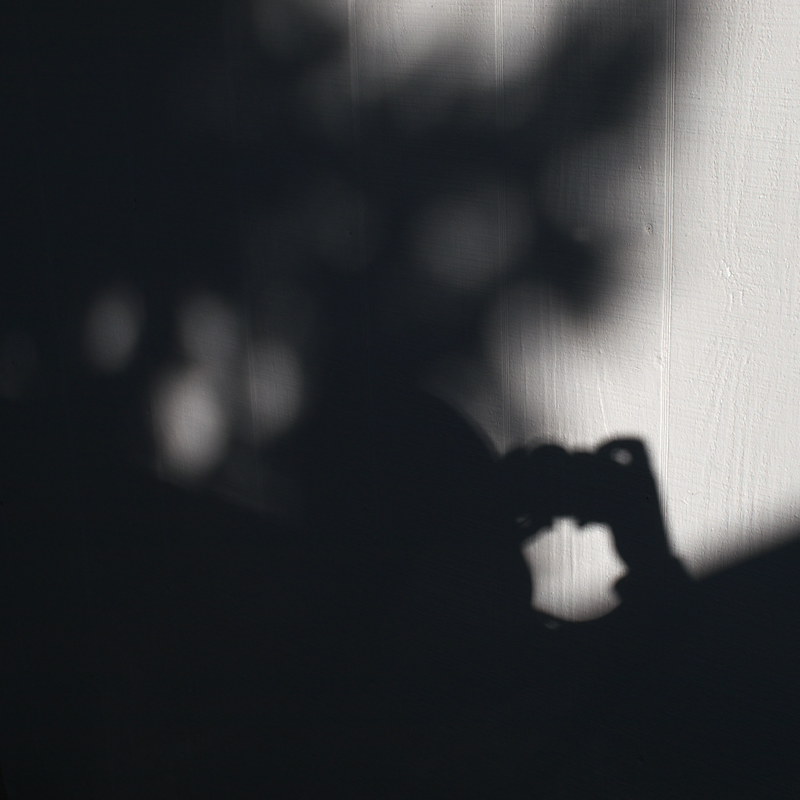
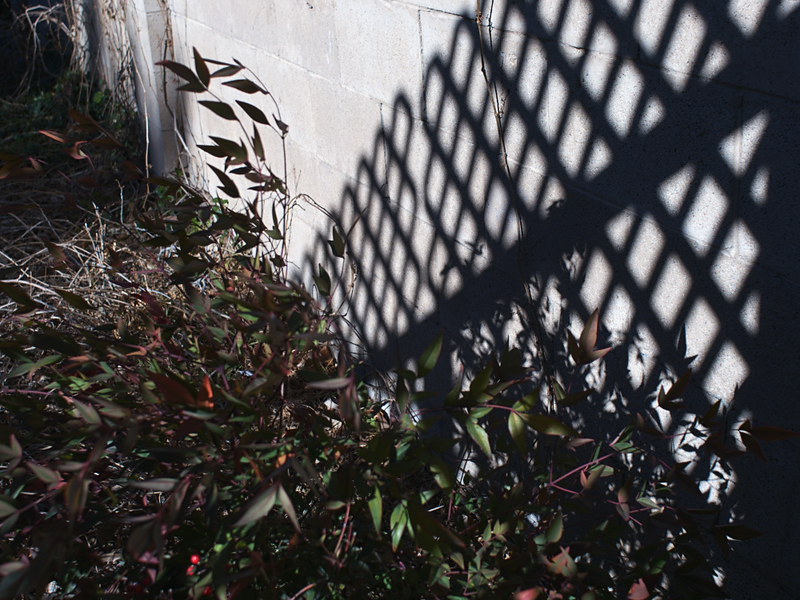

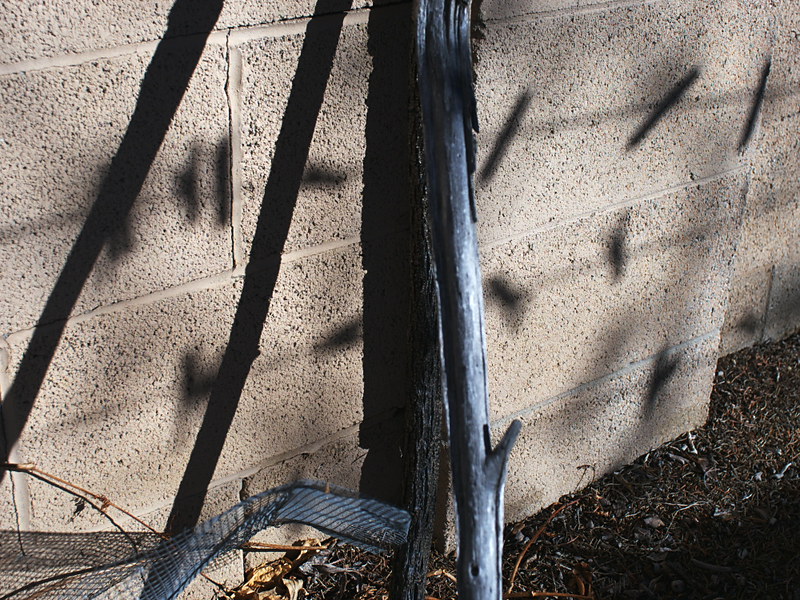
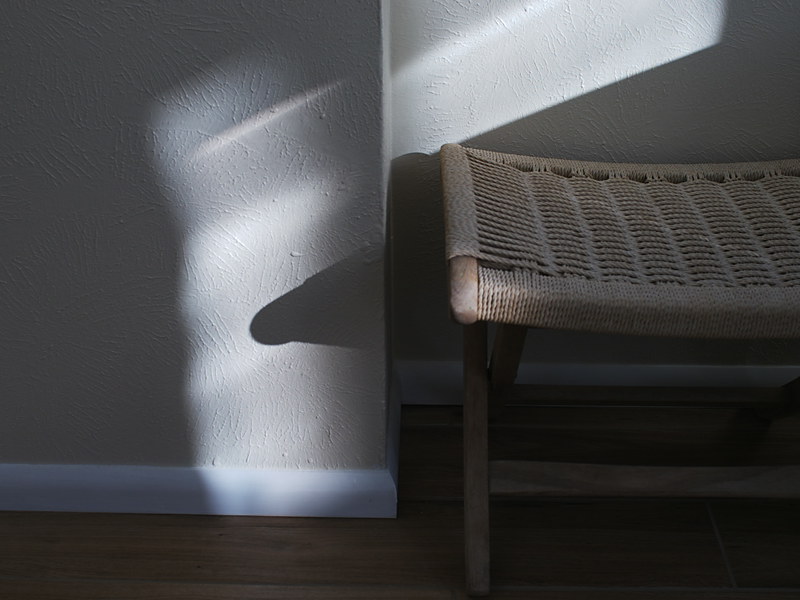
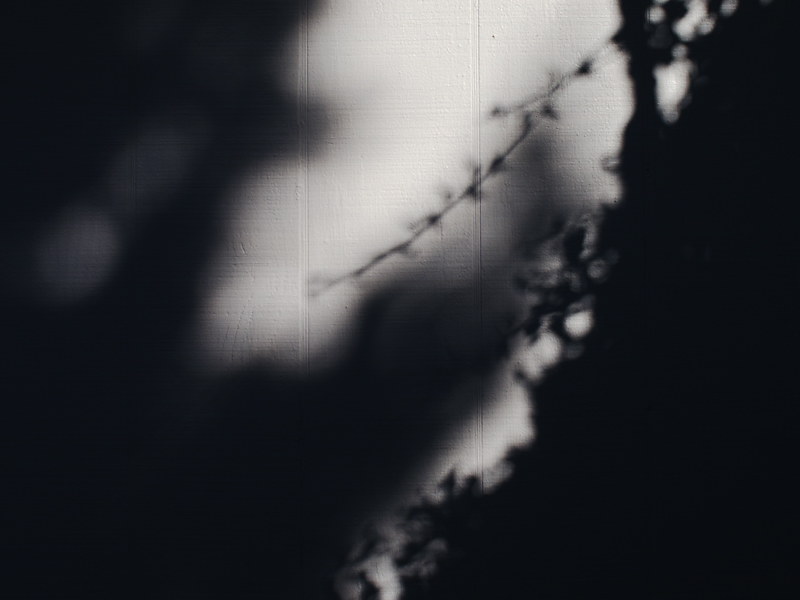
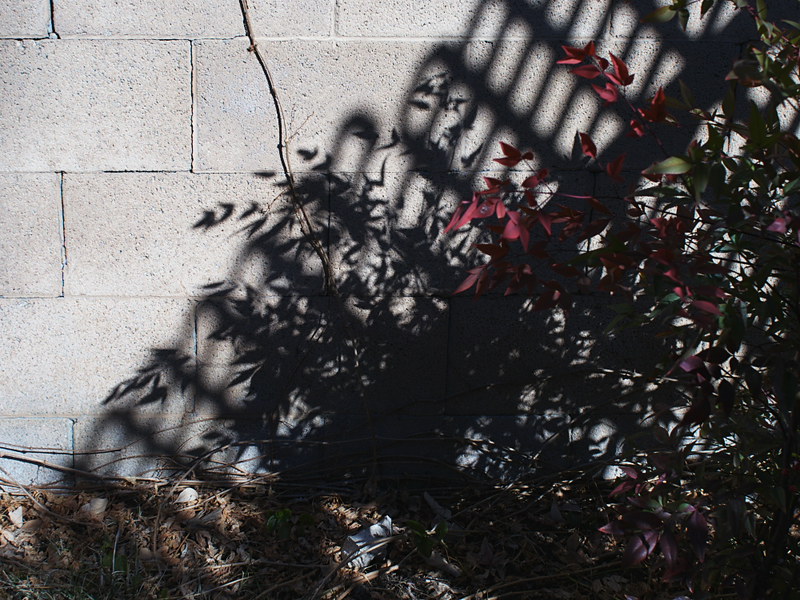
Hi Joe
ReplyDeleteQuite a collection of 'shadows'.
I particularly liked the 'wicker stool'.
jesse
Huh, I've has this same discovery a couple times over the past few months, also during times of contemplation. Thanks for openly sharing your experience and creative exploration, Joe!
ReplyDeleteTad